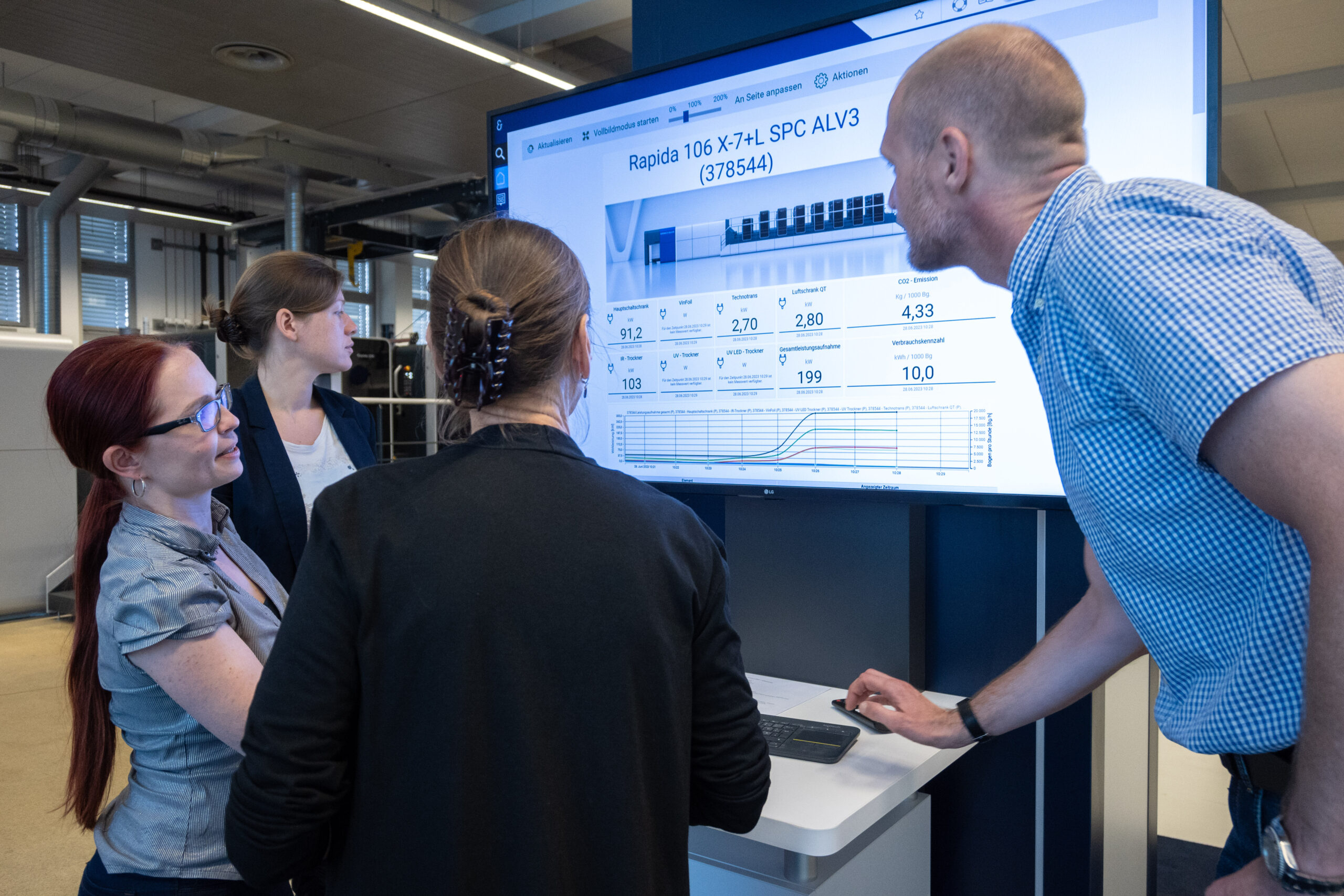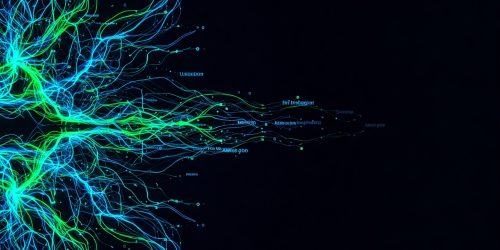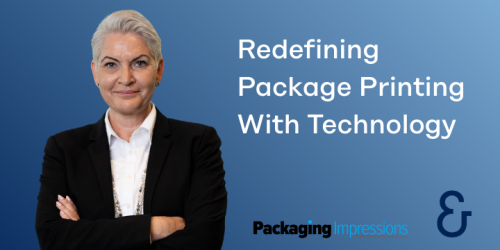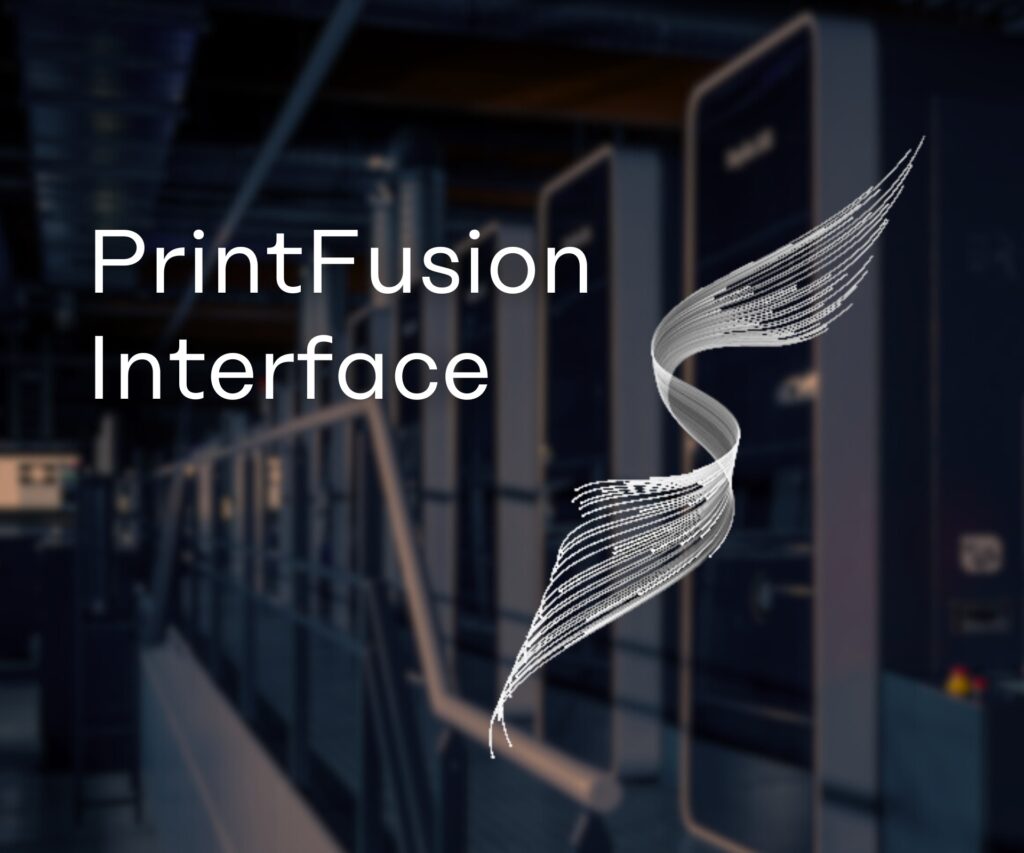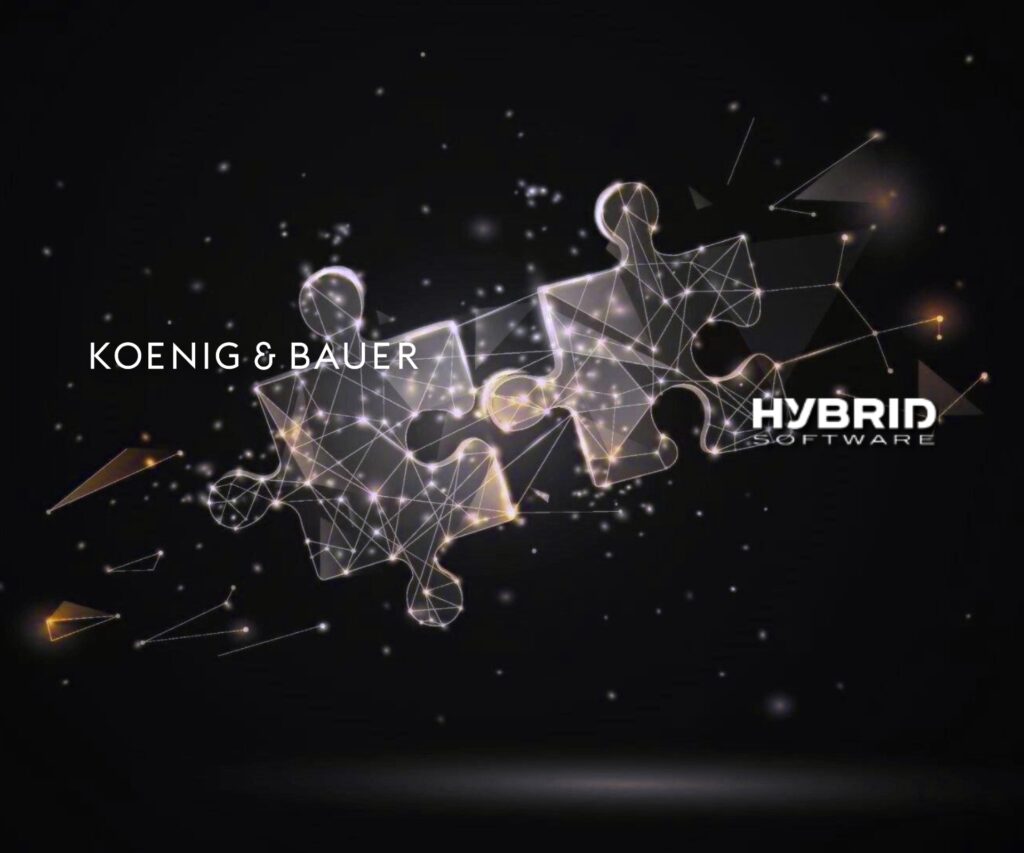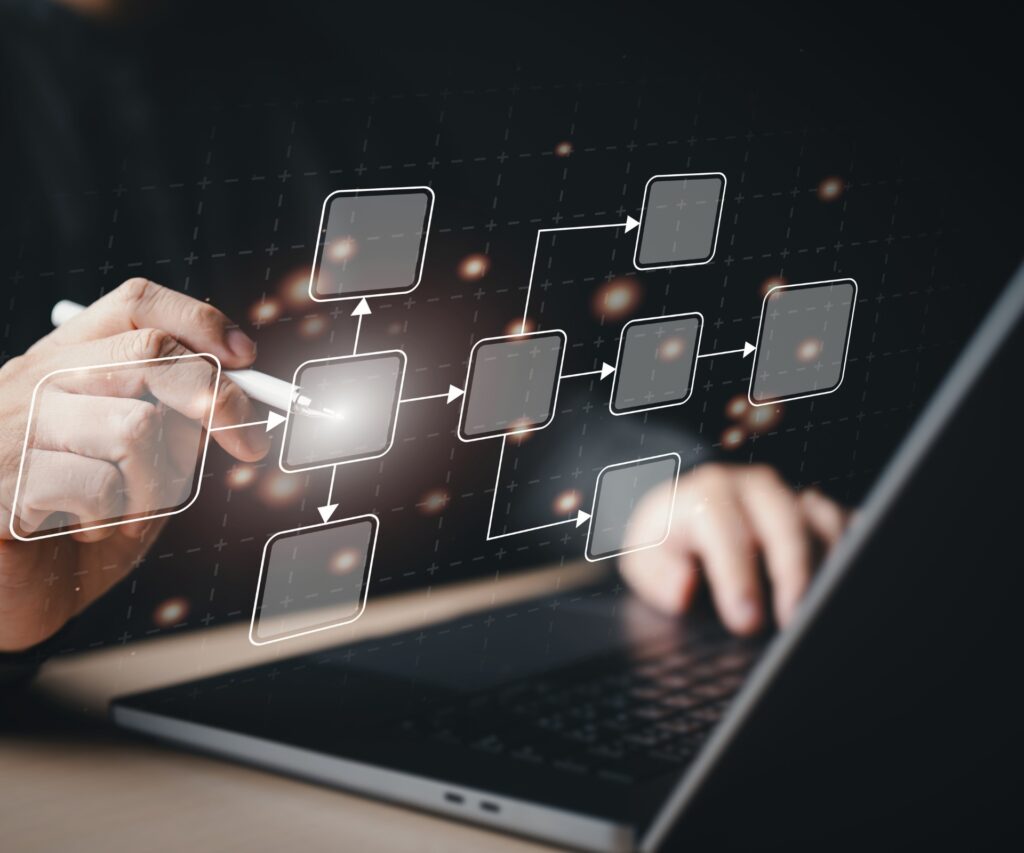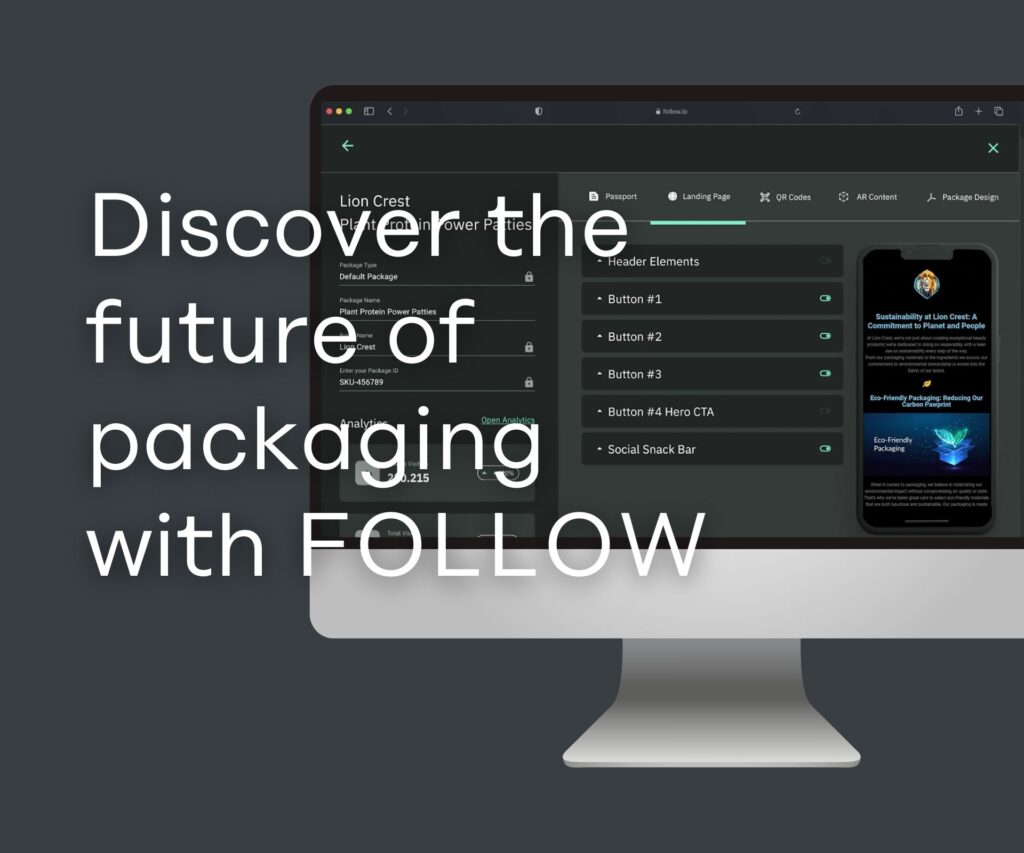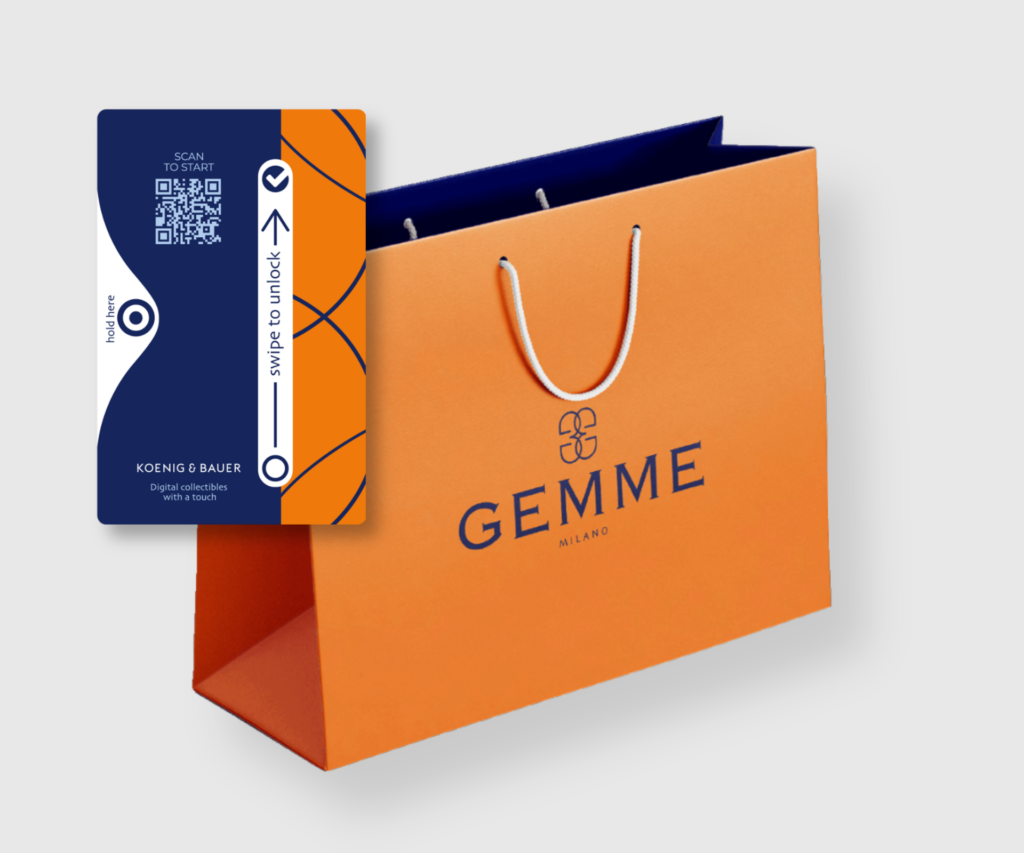In the dynamic world of print and packaging production, energy management is an important topic. At this year’s drupa, our VisuEnergy X energy management system caused quite a stir with a savings potential of up to 47%.
Of course, energy management is highly individual and depends on the respective machine configuration and individual production processes. However, the 47% is achievable – without compromising on quality. Here we explain how to make it a reality.
VisuEnergy X isn’t just another energy management tool, it’s a game-changer. It not only measures how much energy is being used or saved. In addition, it transmits measurements to a secure, cloud-based platform and visualises the data to provide real-time insights. Moreover, it is the only system that correlates the measured energy consumption values with the production speed of your printing presses. For example, energy consumption in kWh per 1,000 sheets or CO2 emissions per 1,000 sheets can be calculated, making it easier for users to identify inefficiencies in the printing process.
This is facilitated by comprehensive dashboards that highlight energy weaknesses and opportunities for improvement. These insights empower you and your team to develop concrete action plans that enhance your energy efficiency. And the best thing is: Implementing these measures of course can lead to continuous improvement, which in turn may result in sustained energy efficiency gains.
Measurement and Monitoring
Consider a mid-sized print production facility using conventional infrared/hot air dryers on their sheetfed offset presses. Printing machines are the largest energy consumers within the entire company, with the most significant energy-saving potential found in optimising the drying systems.
Dryer optimisation is a great lever: staff can be trained to reduce dryer output without compromising print quality. The common practice of running dryers at full capacity is often unnecessary and leads to a considerable waste of energy.
Another factor with a lot of impact on energy efficiency is the reduction of machine speed in specific processes. This measurably results in additional energy savings.
Case study: Saving energy in sheetfed offset printing
One case we can take a closer look at is a standard packaging print job on a seven colour Rapida 106 X with coater. Is it possible to identify substantial energy-saving potentials using VisuEnergy X on a standard packaging job? Yes, it absolutely was. We discovered this in special print tests conducted at our Customer Experience Center in Radebeul.
One of the key strategies involves reducing the printing speed. By gradually decreasing the speed from 20,000 sheets per hour to 15,000 sheets per hour, the energy consumption of the printing machine was reduced by approximately 22%, and the dryer’s energy consumption was lowered by about 14%. However, it’s clear that with full order books and urgent delivery requests, a large number of jobs cannot run at anything less than maximum speed. That’s why it’s important to take a look at the drying process.

Efficient dryer use can often contribute to even greater savings, as our practical example shows: By optimizing the dryer settings during the printing process – specifically: switching off the infrared component and optimizing the hot air component – it was possible to achieve energy savings of around – you guessed it – 47% compared to the first run, while maintaining the same production speed and print quality. This adjustment saved 40 kW.
Assuming a dryer runtime of 10 hours, this results in a saving of 400 kWh per day. At a typical energy price for Germany of 0.30 €/kWh, this translates to a daily saving of € 120.
Additionally, using the typical CO2 emission factor for electricity in Germany, this represents a reduction of 174 kg of CO2, which is achieved solely through raising awareness and training the operating staff.
5 Steps to help you achieve the best results
To help you achieve similar results, here are five steps where digitalisation and sustainability go hand in hand:
- Measure: Implement IIoT and sensor technology to capture precise energy usage.
- Visualise: Use cloud-based systems to monitor and analyse energy data.
- Identify: Leverage dashboards to pinpoint energy inefficiencies.
- Act: Develop and execute an energy efficiency action plan.
- Improve: Continuously refine processes to enhance efficiency.
VisuEnergy X offers tools specifically tailored to the requirements of the printing and packaging industry to identify significant energy saving potential. By focusing specifically on the most energy-intensive components, such as dryers, and applying a comprehensive energy management strategy, companies can achieve remarkable increases in efficiency.
We are very proud that only VisuEnergy X provides the specific energy metrics needed for printing businesses, ensuring you stay ahead of the competition and meet your sustainability goals.
Ready to take the next step in energy efficiency? Discover how VisuEnergy X can transform your facility’s energy consumption and drive your sustainability efforts forward.

